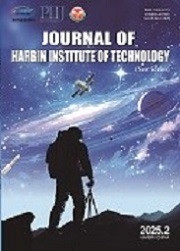|
| Abstract: |
| In order to reduce the cost of indoor localization system for autonomous mobile robots (AMRs) and to enhance the localization efficiency, this paper presents a localization approach using sequential time of flight (STOF) measurements from a single receiver to localize AMRs in indoor environments. The STOF is a series of TOF measurements that are acquired by the mobile source in sequence. Combined with the pose estimation obtained from the Dead Reckoning (DR) method, the STOF measurements from a single receiver can be adapted and applied to the trilateration localization model to determine the indoor position of the AMRs. Based on the error analysis of the STOF localization, a double-layer Kalman filter (DLKF) is proposed to fuse multiple STOF localization results and further improve the localization accuracy. In the computer simulation experiments, an average ±20 mm positioning accuracy is attained with the presence of simulated noise that is similar to the realistic sensor noise in magnitude. The simulation results indicate the effectiveness and the potential value of the proposed localization scheme in the practical indoor localization application. |
| Key words: ultrasonic sensor indoor localization dead-recknoning localization double-layer Kalman Filter data fusion. |
| DOI:10.11916/j.issn.1005-9113.2016.04.006 |
| Clc Number:TN959.3 |
| Fund: |






